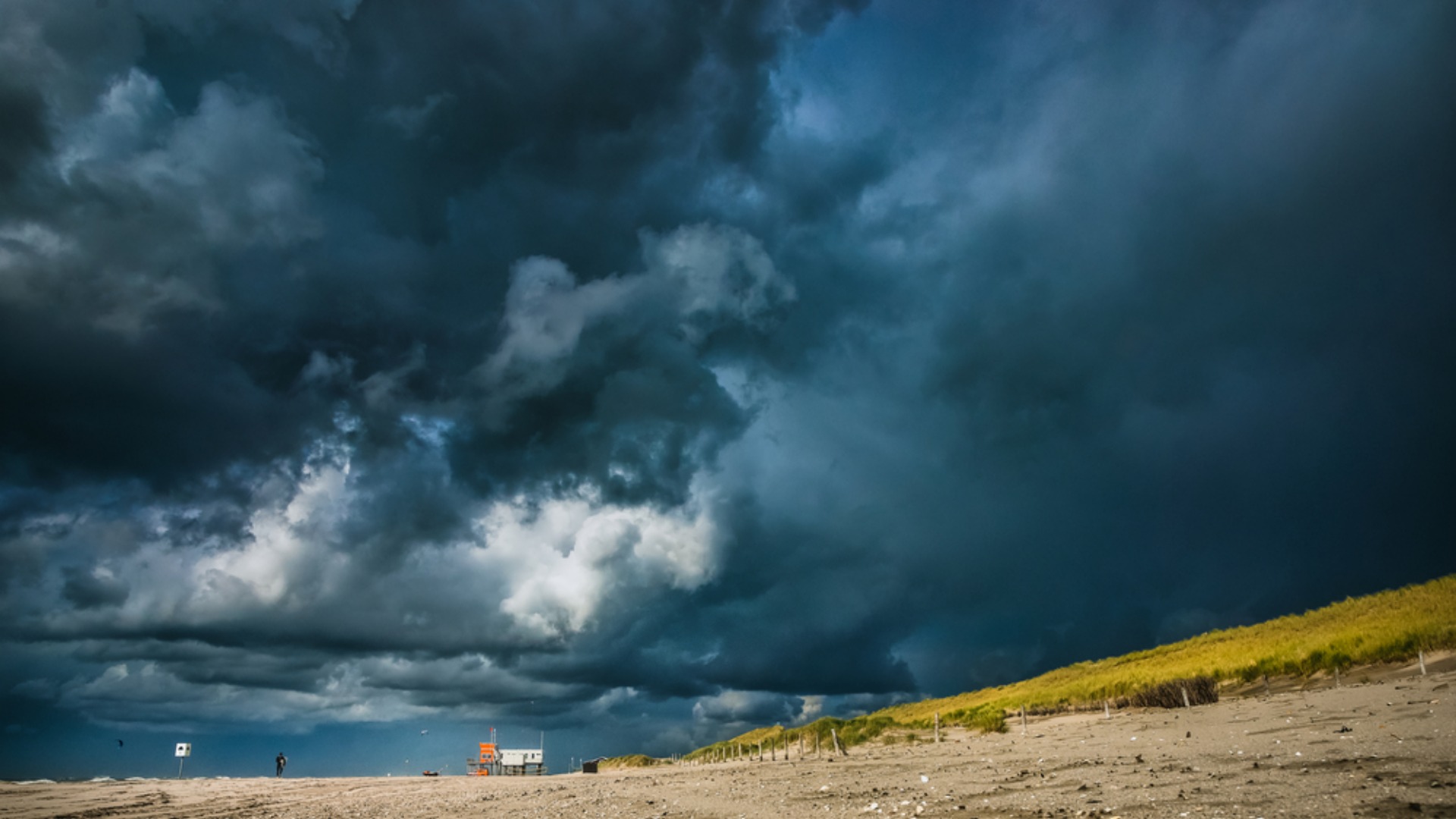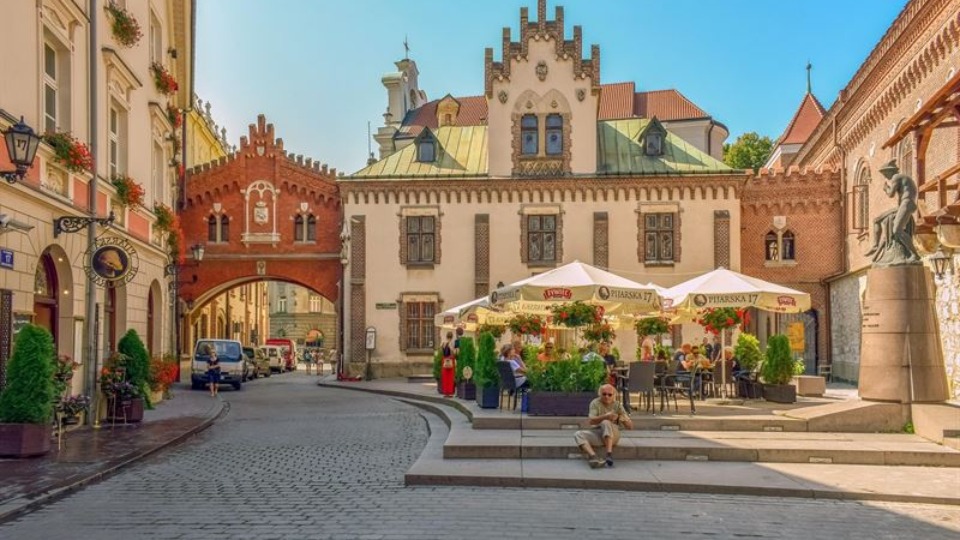
Storm Eunice spreads disaster across Europe

At least 8 people killed, homes evacuated, no electricity, disrupted transportation, as storm Eunice hits Western Europe.
With debris everywhere, flights, trains and ferries halted, human victims and general chaos, the 122mph winds almost shut down several parts of Europe.
Millions of Britons took shelter, as Eunice disrupted almost all transportation and London was under a red weather-related warning from meteorologists.
Unfortunately, a 30 years old woman died after the car she was in was hit by a falling tree, and a 50 years old man was also killed by debris hitting his vehicle. Three people were also injured by the shredded roof of the Millennium Dome.
Over 550 emergency calls in only two hours were made at The London Fire Brigade as people panicked.
Falling trees took human lives as well in the Netherlands, while in Hague, several homes were evacuated over fears of church collapsing.
Due to the powerful storm, southern England, South Wales and the Netherlands have declared highest warning levels. Schools were shut down, transportation closed and people were advised to stay at home until the winds will settle down. More than 220.000 homes across England and Ireland were left with no electricity.
Meanwhile France, Belgium, Denmark, Sweden and Germany also issued bed weather alerts, with hundred of flights cancelled, trains stopped, ferries suspended across the Chanel and most ports closed.
The winds reached 122 miles (196 kilometres) per hour, "provisionally the highest gust ever recorded in England", officials declared, as the storm’s tail could trigger a rare phenomenon called “the sting jet” previously experienced back in 1987. As CNN meteorologist Derek Van Dam explains, “the 'sting' refers to the cloud formation it creates, which resembles a scorpion's stinger."
"We should all follow the advice and take precautions to keep safe," tweeted PM Boris Johnson, while Environment Agency official Roy Stokes strongly advised against amateur photographers going out and record footage of the storm.
But is there a climate change link?
According to experts, there is little link to suggest that the intensity of these storms could be connected to global warming triggered by human activity. Nevertheless, rainfall and sea level rise is often directly linked to climate change.
"With more intense rainfall and higher sea levels as human-caused climate change continues to heat the planet, flooding from coastal storm surges and prolonged deluges will worse still further when these rare, explosive storms hit us in a warmer world," climate scientist Richard Allan commented.
As stated by The Intergovernmental Panel on Climate Change (IPCC), if global temperatures will go up another 2 degrees Celsius, northern Europe will be hit by storms on a regular basis.
Source: ndtv.com, cnn.com








